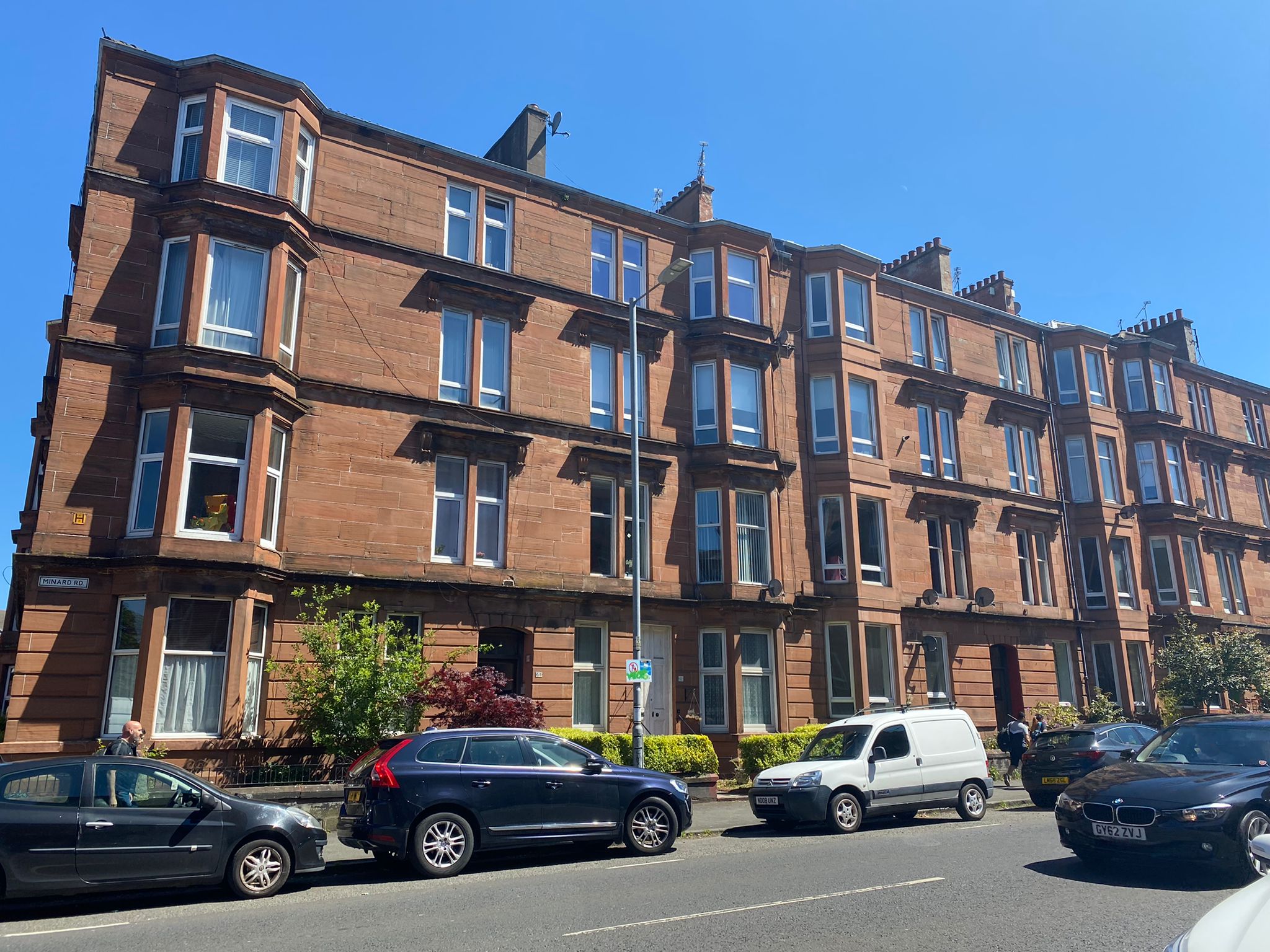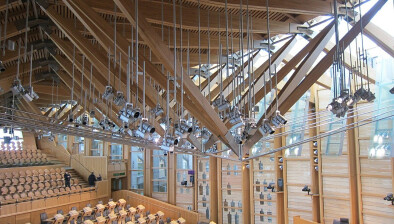Private rented sector has increased by 9.5% since 2011, census reveals

The number of households renting privately in Scotland has increased by 9.5% in just over a decade, according to new statistics from the 2022 Census.
The latest census report revealed that 323,000 households rented privately in 2022 compared to 295,000 households in 2011.
There was a small decrease in households in social rented accommodation from 576,000 down to 564,000.
The report notes that the census counts households and not housing stock, some of which may have been vacant at the time of the count. Data on housing stocks shows that the supply of social sector housing increased between 2011 and 2022.
More than 70% of households lived in homes with at least one more bedroom than required. Just under one third (32.2%) of households had at least 2 more bedrooms than required. Across Scotland, 2.4% of households had fewer bedrooms than required and could be considered overcrowded. In Glasgow City, one in 20 households (4.7%) were overcrowded.
The number of people in student accommodation or halls of residence increased by 68% - up 22,600. This is in line with rising numbers of people studying in Scotland.
Elsewhere, Scotland’s ageing population is driving up the number of households who own their home mortgage-free.
In the latest report, 851,100 households owned their homes outright - up 28.8% on the 2011 figure. Around two thirds of householders aged 65 and over were living mortgage-free.
National Records of Scotland director of census statistics, Jon Wroth-Smith, said: “With the passing of time, many of today’s over 65s will have had the opportunity to pay off their mortgage. We see this in today’s figures which show that more households in Scotland are mortgage-free than a decade ago.”
The census did not show a major change in the number of younger people owning their home.
The report on housing also shows that although the number of older people in Scotland increased, the number of people living in care homes has fallen by 14.5% to 30,800. This decrease may be explained by the Scottish Government moving towards supporting older people to live independently at home.
Living Rent chair Aditi Jehangir said the 9.5% increase in the private sector highlights the need for better protections.
Aditi added: “More tenants caught renting privately means more tenants trapped at the centre of a housing emergency. Landlords have made the private sector completely unaffordable with thousands unable to afford a roof over their heads.
“More tenants caught renting privately means more tenants trapped by high rents, insecure and poor quality housing.
“The decrease in the number of people in the social housing sector should sound alarm bells for the Scottish government. As the social sector decreases, we are forced to rely on the private sector to pick up the slack and this is just unsustainable. Private landlords can not be trusted to regulate themselves and instead are hiking rents year or year.
“We need rent controls to bring rents down and more social housing to ensure everyone has access to a safe, secure, affordable home.”
This is the fifth of seven reports on different topics from the census to be released. The last two reports, which will include information on education, travel to work, health and disability will be published in September and early October.








